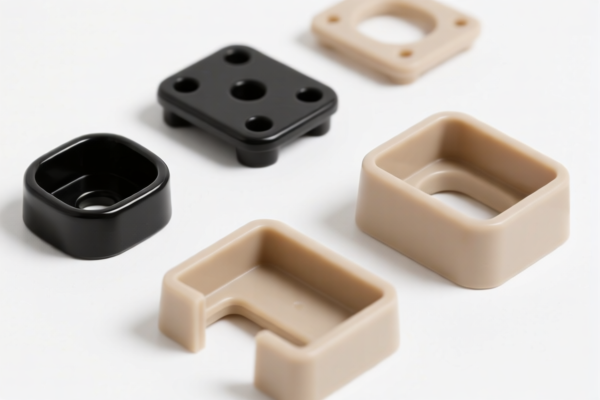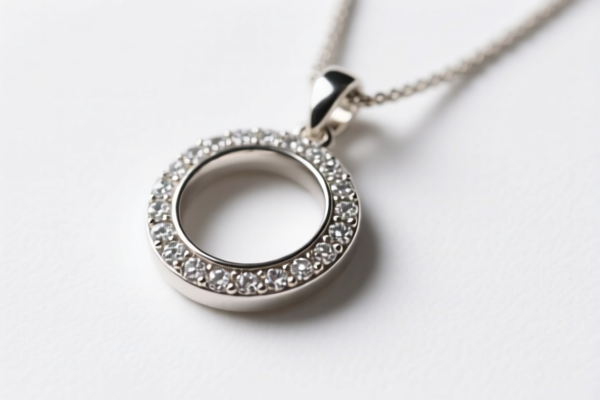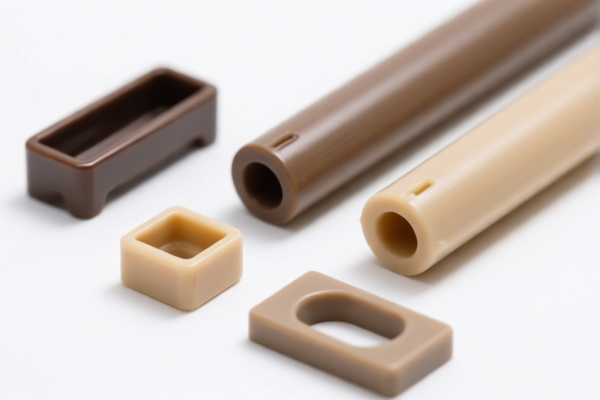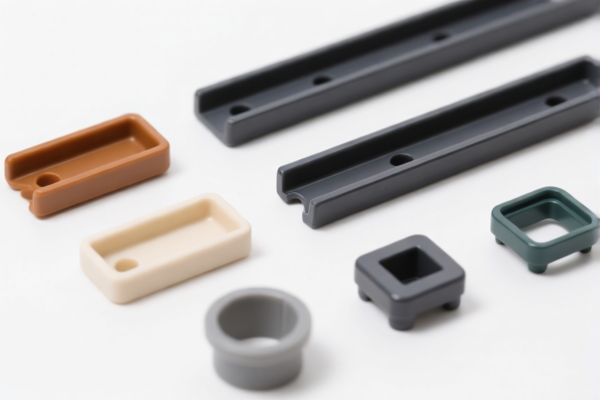| HS Code | Official Doc | Tariff Rate | Origin | Destination | Effective Date |
|---|---|---|---|---|---|
| 7113195090 | Doc | 43.0% | CN | US | 2025-05-12 |
| 7115906000 | Doc | 59.0% | CN | US | 2025-05-12 |
| 7115903000 | Doc | 58.9% | CN | US | 2025-05-12 |
| 9606308000 | Doc | 61.0% | CN | US | 2025-05-12 |
| 9606296000 | Doc | 57.9% | CN | US | 2025-05-12 |
| 9620003090 | Doc | The rate applicable to the article of which it is an accessory+30.0% | CN | US | 2025-05-12 |
| 9620005000 | Doc | 60.3% | CN | US | 2025-05-12 |
| 7002101000 | Doc | 58.9% | CN | US | 2025-05-12 |
| 7002102000 | Doc | 55.0% | CN | US | 2025-05-12 |
| 7018105000 | Doc | 55.0% | CN | US | 2025-05-12 |
| 7018905000 | Doc | 61.6% | CN | US | 2025-05-12 |




Key Chain Pendant
A key chain pendant, also commonly known as a keyring pendant or simply a pendant keychain, is a decorative or symbolic attachment suspended from a key chain, serving both a practical and aesthetic function.
Material
Key chain pendants are manufactured from a diverse range of materials, including:
- Metals: Stainless steel, zinc alloy, brass, copper, silver (sterling silver, fine silver), gold (various karats), aluminum, titanium. Metals offer durability and can be intricately designed.
- Plastics: Acrylic, PVC, resin. Plastics allow for a wide range of colors and shapes, and are generally more affordable.
- Leather: Used for more rustic or personalized designs.
- Wood: Often carved or laser-cut for unique appearances.
- Glass: Can be blown, molded, or fused, often incorporating images or patterns.
- Fabric: Used for soft pendants, often incorporating embroidery or beads.
- Rubber/Silicone: Flexible and often used for novelty or character-based pendants.
- Gemstones/Crystals: Used for decorative or spiritual purposes.
Purpose
The primary purposes of a key chain pendant are:
- Identification: To easily identify a set of keys.
- Personalization: To reflect the owner’s interests, hobbies, or personality.
- Decoration: To add aesthetic appeal to keys.
- Sentimental Value: To commemorate events, people, or places.
- Collection: As a collectible item.
- Gift-Giving: As a small, thoughtful present.
Function
The function is relatively simple: the pendant is attached to a key chain (typically a metal ring) and remains connected to a set of keys, providing a visual and tactile marker. Some pendants may have additional functions, such as:
- Bottle opener: Integrated into the pendant design.
- Miniature flashlight: Small LED light built into the pendant.
- Compass: Functional compass incorporated into the design.
- Whistle: For emergency signaling.
Usage Scenarios
Key chain pendants are used in a wide variety of scenarios:
- Everyday Carry: Attached to house keys, car keys, office keys.
- Backpacks/Purses: Attached to zippers or straps for decoration or identification.
- Promotional Items: Used by businesses as giveaways or marketing tools.
- Souvenirs: Representing a location or event.
- Collectibles: Displayed as part of a collection.
- Gifts: Presented as birthday, holiday, or thank-you gifts.
Common Types
- Charm Pendants: Small decorative ornaments, often with symbolic meaning.
- Photo Pendants: Contain a small photograph.
- Initial Pendants: Feature a letter representing the owner’s name.
- Character Pendants: Depict popular characters from movies, TV shows, or video games.
- Sports Pendants: Representing a favorite team or sport.
- Religious Pendants: Featuring religious symbols or imagery.
- Novelty Pendants: Unusual or humorous designs.
- Acrylic/Resin Pendants: Often customized with embedded objects or glitter.
- Metal Cast Pendants: Intricately designed pendants made from metal alloys.
- Enamel Pendants: Featuring colorful enamel designs.
- Bobblehead Pendants: Miniature bobblehead figures attached to a key chain.
Key chain pendants can be categorized based on their material and composition. The following HS codes may be applicable, based on the provided information:
-
7113195090: This HS code covers articles of jewelry and parts thereof, of precious metal or of metal clad with precious metal. Specifically, it applies to “Of precious metal whether or not plated or clad with precious metal: Other: Other”. This would be relevant if the key chain pendant is made of gold, silver, platinum, or similar precious metals, or is coated with these materials. The total tax rate is 43.0%, comprising a 5.5% base tariff and a 7.5% additional tariff, increasing to 30.0% after April 2, 2025.
-
7115906000: This HS code covers other articles of precious metal or of metal clad with precious metal, specifically “Other: Other: Other”. This applies to key chain pendants made of precious metal or metal clad with precious metal that do not fall under more specific categories. The total tax rate is 59.0%, consisting of a 4.0% base tariff and a 25.0% additional tariff, rising to 30.0% after April 2, 2025.
-
7115903000: This HS code also covers other articles of precious metal or of metal clad with precious metal, specifically “Other: Other: Of gold, including metal clad with gold”. If the key chain pendant is made of gold or gold-plated metal, this code is applicable. The total tax rate is 58.9%, with a 3.9% base tariff and a 25.0% additional tariff, increasing to 30.0% after April 2, 2025.
-
9606308000: This HS code covers button molds and other parts of buttons; button blanks: Button molds and other parts of buttons; button blanks: Other. If the key chain pendant is designed as a button or includes button components, this code may be relevant. The total tax rate is 61.0%, consisting of a 6.0% base tariff and a 25.0% additional tariff, rising to 30.0% after April 2, 2025.
-
9606296000: This HS code covers buttons, press-fasteners, snap-fasteners and press-studs, button molds and other parts of these articles; button blanks: Buttons: Other: Other: Other. If the key chain pendant is classified as a button, this code may apply. The total tax rate is 57.9%, with a 2.9% base tariff and a 25.0% additional tariff, increasing to 30.0% after April 2, 2025.
It is important to determine the precise material composition of the key chain pendant to select the correct HS code. If the pendant incorporates materials beyond metal (e.g., plastic, glass), additional HS codes may be necessary.
Customer Reviews
No reviews yet.